Notifications have long been one of the Android operating system’s greatest strengths — an advantage that keeps users loyal to the platform. Not only are notifications flexible, but they also allow users to deeply customize, organize, and manage them according to their personal needs. However, those who are using Samsung phones, especially high-end models like the Galaxy Z Fold 7, may notice something regrettable: the Korean electronics company is gradually losing that perfection.
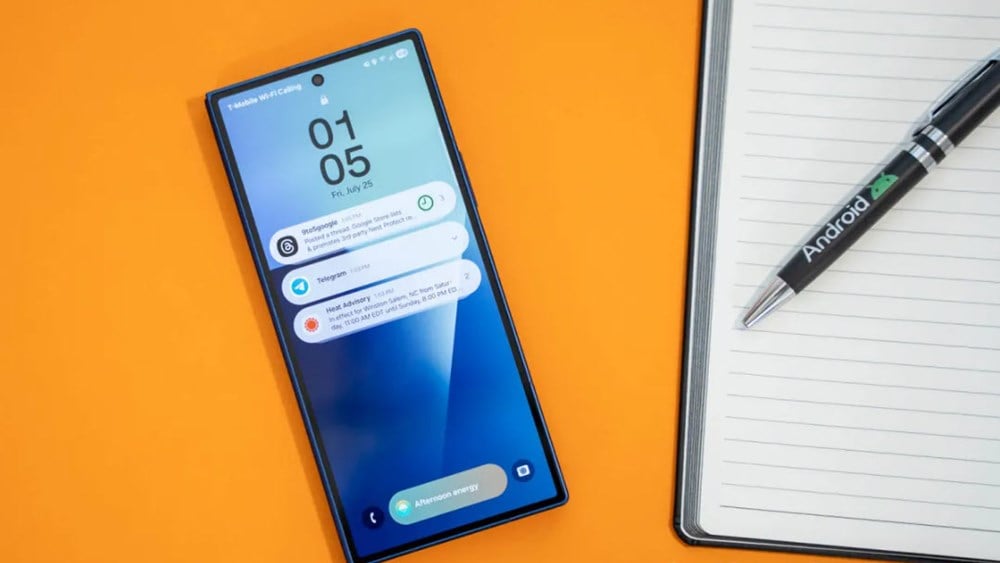

Samsung's Smart Signage: A New Weapon in Toyota's Hands Globally
Samsung has been tweaking Android’s native notification experience for the past few years, and the results have been less than stellar. One of the most frustrating changes is that it has disabled notification snooze by default – a useful tool that lets you postpone notifications and get them back after a set amount of time.
On Pixel devices or other stock Android phones, you can simply tap the little clock icon in the bottom right corner of the notification and choose when you want it to reappear. This is incredibly convenient for those who want to deal with notifications later without missing them. On Samsung phones, however, this feature is disabled by default, forcing users to dig into the settings to enable it manually—if they even know it exists.
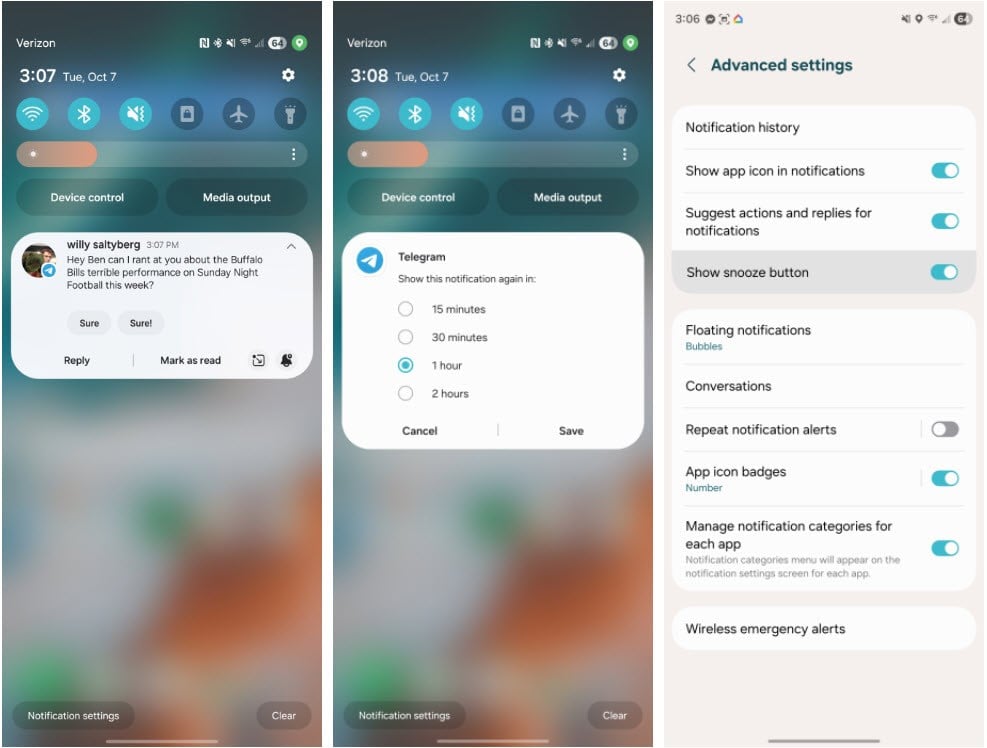
Not stopping there, Samsung also turned off notification categories — one of Android’s most valuable improvements. This category allows users to control each type of notification in an application in detail. For example, on Instagram, you can choose to only receive message notifications without being bothered by likes or comments. But with Samsung’s default settings, users are left in a situation of “either turn them all on, or turn them all off.”
This change severely limits the personalization experience—which is at the core of Android—and most Galaxy users don’t even realize they’re losing this customization, because Samsung doesn’t advertise or provide instructions on how to turn it back on in the settings.
Another issue is notification history. On Pixel phones, you can reopen an old notification and see the details as if it just appeared. But on Samsung devices, tapping on an old notification just takes you to the original app instead of seeing the notification content again. This useful feature is completely “broken,” making it almost useless.
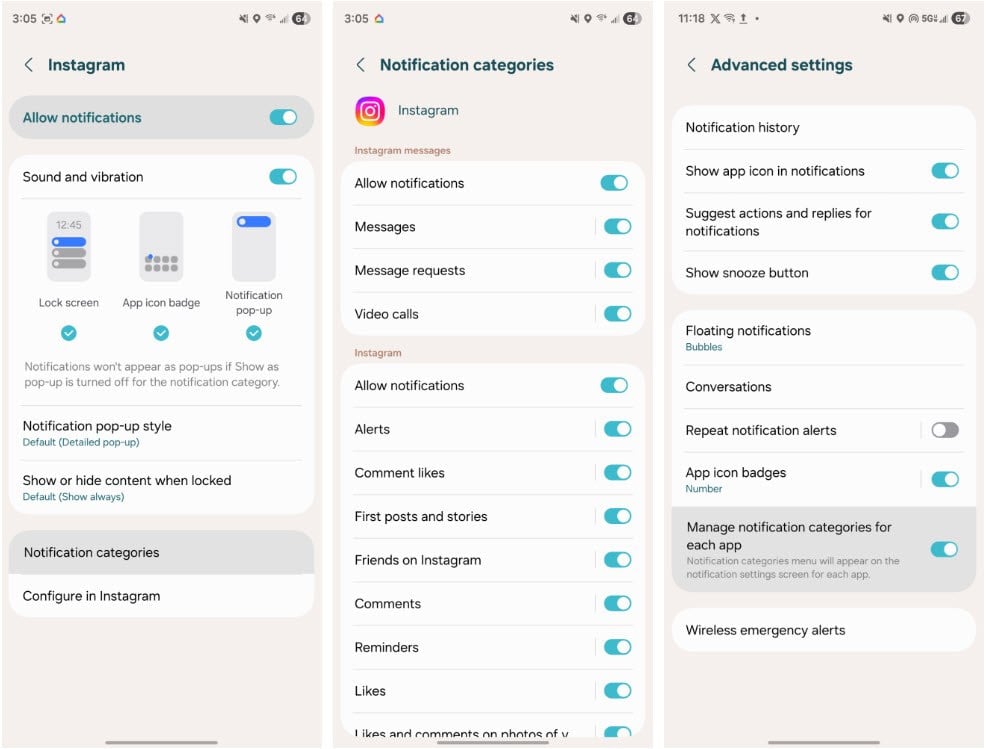
Not only that, Samsung also turned off the display of notifications on the lock screen, forcing users to go deep into the settings to turn it back on. This is a basic function that helps users grasp information quickly without having to unlock the phone — now it is hidden without a clear reason.
So what made Samsung do that?
It’s possible that the company wants to simplify the user experience, avoiding confusing complex features. However, disabling a series of powerful Android tools means that users lose control over how they interact with their phones. This not only reduces the flexibility that Android is known for, but also makes many people feel that Samsung is “cutting off” a major advantage of its own.
In fact, many experts say this is a “self-destructive act.” Android is known for its better notification controls than iOS, and Samsung’s customizations that make these features disappear or work imperfectly have made the user experience more confusing.
It is worth mentioning that these features still exist in the One UI system, just hidden or disabled by default. Careful users can go to Settings → Notifications → Advanced → Enable snooze and notification categories, but for the majority of ordinary users, very few people know or care to find them again.
Many users are hoping that Samsung will soon adjust this philosophy — instead of “hiding” powerful tools, the company should give users a clearer choice between simplicity and customization. After all, it is the flexibility and freedom of control that makes Android different and valuable to long-time users.
While Google has been improving its Android notification system, making it smarter and more personalized, Samsung has been unintentionally making the experience less effective. Perhaps it's time for the Korean electronics giant to take a look at how it "customizes" Android - so that great improvements don't become a nuisance for its own users.
According to 9to5google
Source: https://baovanhoa.vn/nhip-song-so/vi-sao-samsung-lai-vo-hieu-hoa-hang-loat-tinh-nang-hay-cua-android-174310.html







![[Photo] Solemn opening of the 1st Government Party Congress](https://vphoto.vietnam.vn/thumb/1200x675/vietnam/resource/IMAGE/2025/10/13/1760337945186_ndo_br_img-0787-jpg.webp)






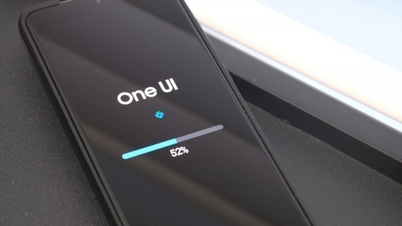










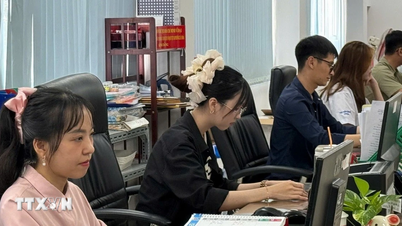











![[Photo] General Secretary To Lam attends the opening of the 1st Government Party Congress](https://vphoto.vietnam.vn/thumb/1200x675/vietnam/resource/IMAGE/2025/10/13/1760321055249_ndo_br_cover-9284-jpg.webp)









































































Comment (0)